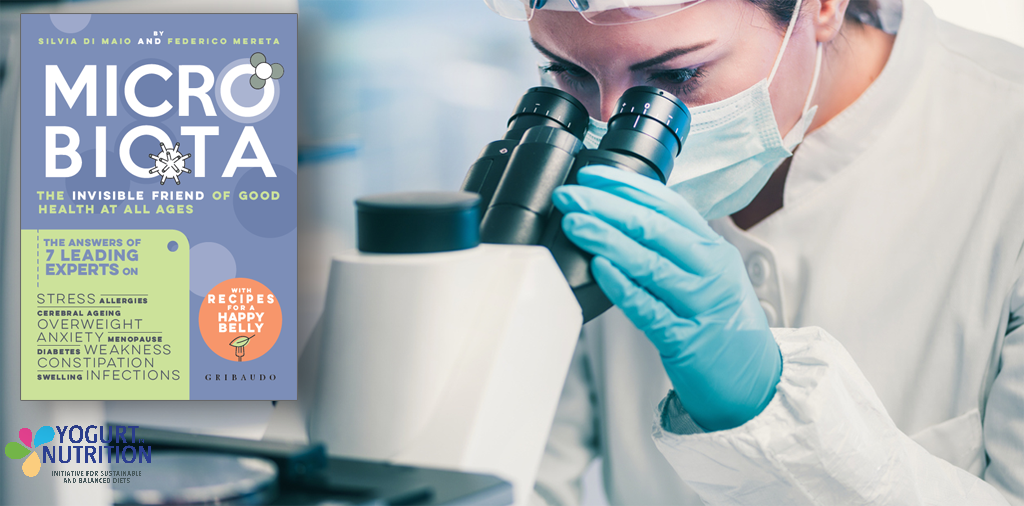The human gut microbiota is a huge topic of interest and research. But what are we really talking about?
About the human microbiota
“The human microbiota is the collection of micro-organisms situated in the various bodily districts that interact with the outside world”.
Bacteria take up residence in areas of the body that are in contact with the outside world, such as the digestive system (gut microbiota), the skin (hard to imagine any part of our bodies more exposed than that!), the urogenital system (for example in the vagina) or the respiratory system (the air that we breathe in and out is a means of communication with the outside world). The digestive system is where most of the body’s microorganisms reside (about 80% of the total) in the gut microbiota.
Microbiota as dynamic entity
The microbiota is a dynamic entity: as we grow, it changes with us. Every human being’s gut microbiota is the result of their life experiences (birth mode, early feeding experience, dietary diversity, exposure to antibiotics…), leading to the formation of the core microbiota, which is stable over time and able to respond to external events. During the life of an individual, the microbiota is capable of self-modulation in response to external stressor events, in order to ensure bodily equilibrium. It’s worth repeating: the microbiota should be imagined as a dynamic entity, able to actively interact with us and in particular with our immune, endocrine and nervous systems.
Growing in symbiosis with our organism, the microbiota changes in relation to the different life stages of the individual, with two critical periods for the acquisition and modification of the gut microbiota:
- the first three years of life, where the microbiota reaches its full development, is molded, and becomes similar to that of an adult.
- the passage from adulthood to old age (over 65 -70 years approximately).
About 1000 different species
It is estimated that every human being can host over 1,000 different species in their gut and each of us has a unique microbiota, different from that of anyone else.
However, some scientists have proposed and shown the existence of “enterotypes” (similar to blood groups) and all of humankind can be divided into groups on the basis of the characteristics of their gut microbiota.
To date, three enterotypes have been identified, based mainly on the composition of the microbiota, specifically on the basis of genus to which the majority of the bacteria present in each individual belong. It seems that in each one of us, one of the following is a predominant type, and therefore enterotype:
- Bacteroides
- Prevotella
- Ruminococcus
If those type are predominant, it does not mean sole. There are hundreds of micro-organisms, and they play an important role: all these groups become part of the microbiota in numbers such as to maintain a more or less constant numerical ratio with the genus characterizing the enterotype.
Keep the enterotype in mind, because it could be of great help in the future in revealing some unresolved aspects of cardiovascular diseases, diabetes, or cancer, serving as a basis for targeted preventive strategies.
A question of balance and diversity
In healthy conditions, the gut microbiota ecosystem is in a state of balance (homeostasis); where members of a limited number of species will be present in far greater numbers than those of other species, which may be more numerous, but are represented by fewer members.
The homeostasis in the bacterial composition of the gut microbiota is of utmost importance for maintaining the good health of this particular organ of our body and, as a consequence, of the entire human organism that hosts it.
This post is written on the basis of the book “Microbiota”.
“Microbiota” is published in english by the Danone Institute Italy and Danone Institute International. It gathers a mix of historical, anthropological and scientific concepts explaining why research on gut bacteria, from ancient texts to the most recent scientific evidence, is a sector of great interest for science. Thanks to a Q&A structure, 7 recognized experts explain several topics considering the different ages and conditions in life. The book is available in pdf and e-book format (on the Danone Institute International website)



